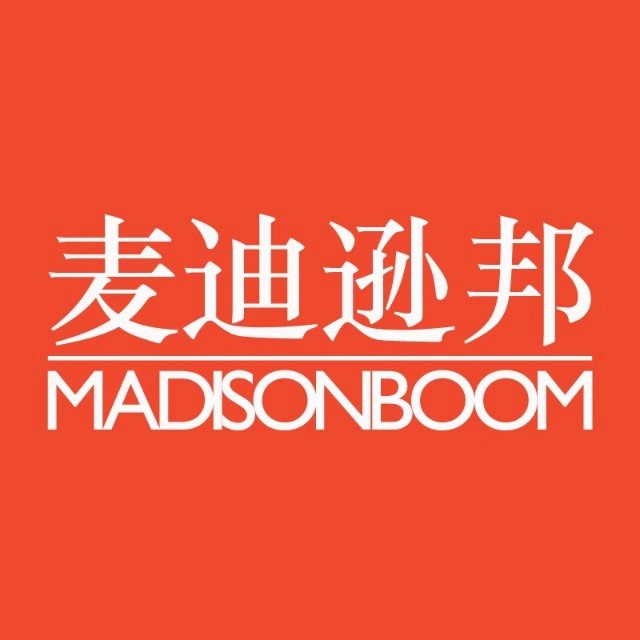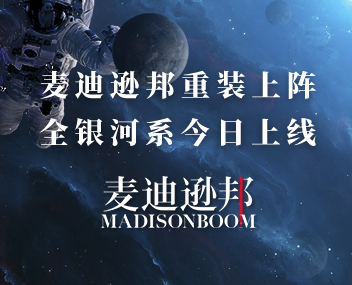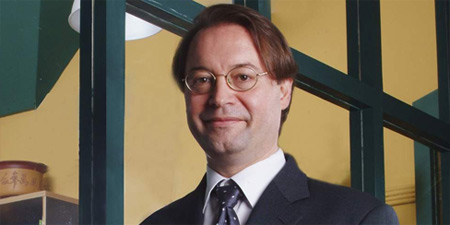 专稿作者: 杜麦克 (罗德公关亚太区总裁)
2001年6月23日夜,一个难以忘怀的夜晚。“世界三大男高音”帕瓦罗蒂、多明戈、卡列拉斯在中国北京的故宫午门前举行了盛大的“紫禁城广场音乐会”。任何一位参加了此次演出的人都知道,这是一个历史性的时刻:中国向世界敞开了的大门。能邀请“世界三大男高音”在如此壮观的皇宫门前表演是一次巨大的成功。演出的主要赞助商之一奥迪,邀请了其主要的客户、经销商和合作伙伴作为VIP现场聆听了此次音乐会。
奥迪一直热衷于支持文化艺术项目,包括与中国著名舞蹈家金星合作,赞助音乐剧《猫》以及北京国际音乐节。当时,与汽车行业通常赞助诸如高尔夫或网球等体育项目不同,奥迪认为艺术和文化不仅是重要的市场宣传推广平台,更是联系合作伙伴和顾客情感的重要纽带。一旦奥迪清楚的意识到这一平台的意义,作为他的合作公关公司,罗德公关,就能找到适当的项目邀请奥迪参与其中了。我们为奥迪挑选、洽谈、最大化的整合利用了不同的文化艺术赞助项目,这成为奥迪整体宣传战略中的一个重要组成部分。
人们面对艺术和文化总是充满热情的,这是一种将品牌与顾客联系在一起的美妙方式。这也是个能把品牌价值或品牌信息直接传递到人们情感层面的媒介,是其他媒介所无法比拟的。大多数客户都意识到这一点,但关键是如何建立正确的联系,以及使这种合作关系效益最大化的技巧。公司的价值观需要与其相关利益者的愿望和利益相吻合,艺术媒介能作为一座桥梁把各方拉近。
超过六十年在艺术和文化领域中积累的经验让我们看到并了解到亚洲在这一方面的前景。除了奥迪,我们还和大众、爱玛仕、花旗银行、太古集团一起拓展艺术平台,发掘适合各自需求的项目。无论是科技公司,医疗保健公司,或是汽车行业,找到适合的艺术类项目,把公司讯息传递到顾客心中至关重要。不同行业的不同客户有着不同的诉求,需要通过不同的沟通渠道来传达。艺术和文化的舞台,尽管充满了变数,却能通过媒体,招待活动或直接参与演出过程做到这一点。赞助项目可以是一场摇滚音乐会,一场古典歌剧或舞剧,一次当代艺术展,一次新潮科技艺术表演或更具个人体验色彩的艺术大师讲堂或明星品牌代言。
举例来说,去年在北京,罗德公关参与了由VICE和INTEL联合创办的“创想计划”。这是一次文化领域的全新尝试,覆盖了线上线下,将国际国内音乐,美术,电影,设计,建筑业的领军人物结合在一起,呈现了科技如何推动艺术创新。“创想计划”就是传播艺术和文化的一个科技平台。
奢侈品牌也同样认识到了其产品的艺术价值,经常为高端顾客举办相关庆祝活动。卡地亚多次把产品定位为艺术品,在亚洲各大博物馆进行展出,寓意着卡地亚是生活中的杰作。主办这些活动增进了品牌与顾客之间的联系。
大众汽车集团(中国),更深一步地将品牌认知与艺术和环境问题联系在一起,创办了“畅游博物馆”的服务项目,为大众汽车全球第一辆电动车上市做战略宣传。这支电动车示范车队为北京市民和来京旅游的中外人士提供免费的博物馆穿梭接送服务,代表着大众汽车为中国博物馆做出的贡献以及对中国社会的承诺与回报。
亚洲已经从全球金融危机的创伤中渐渐恢复过来,在世界市场环境中的影响力也逐渐加强。近几年,亚洲艺术文化市场呈现的活力以及经济的飞速增长,令公关行业把艺术文化与品牌推广联系起来。如今,不少客户都留有专项的文化艺术市场预算。
国际艺术组织同样意识到这一变化并将目光重点放在了亚洲市场,我们发现这样一个趋势,国际化的艺术文化公司在亚洲增加了投入,提升了品牌认知以期吸引游客和赞助商。尤伦斯当代艺术中心(Ullens Center for Contemporary Art,简称UCCA),在2008年北京奥运会举办之前,协助有关方面把北京定位为亚洲当代艺术中心;2010年上海世博会也是一个很好的沟通平台,维多利亚和阿尔伯特博物馆(Victoria & Albert Museum)通过在全中国推广文化艺术交流项目,证明他们是世博会最大的文化艺术领军人物品出借机构,吸引中国游客在访问前往英国期间参观该博物馆。
越来越多的城市或国家正通过各自的文化名片来明确定位以增加竞争的砝码。比如好莱坞和百老汇是美国的象征,而法国很早以前就开始为发展文化事业留有预算,越来越多的投资了了越来越多的文化公共设施,城市化中独特的建筑风格就是城市的标志。同样的在中国,过去的十年中,广州邀请了世界著名的建筑设计大师扎哈·哈迪德 (Zaha Hadid)参与设计了广州大歌剧院。这座以一条溪流中的两块巨石为灵感类似两座火箭的文化标示建筑震惊了世界。罗德公关很荣幸的参与了开幕式的工作。北京鸟巢国家体育馆由Herzog 和 de Meuron设计,央视大厦则由Rem Koolhaas操刀设计。
城市宣传部门正在运用文化和艺术来提升各自的品牌认知,展现城市活力和憧憬,证明自己是人们向往的旅游地,工作地或居住城市。罗德公关也与政府或相关机构通力合作,帮助提升城市的品牌知名度。合作项目包括香港设计中心,、北京国际音乐节,、新加坡美术馆以及新加坡双年展,这些项目能帮助吸引更多的游客和精英工作或居住。举例来说,香港设计中心,一个由政府机构投资的项目,在世博会期间呈现了多姿多彩,富有创意的一面,同时还向全球介绍了港产的富有活力,创造力和个性的设计人士。2005年的中法文化年期间, 法国给中国大众带来许多富有特色的文化艺术演出表演,更通过各种展示强调突现了其奢侈品中的艺术元素。
如今,不管是企业还是国家,都希望能触及人们的心灵和情愫,留下更多的美好记忆。当一项商业活动在传递其商业价值的同时能包含艺术成分,这项活动将在公众心目中上升一个层次。罗德公司认识到了这点并看到越来越多的类似项目在亚洲开展。经过过去几年的经验积累,我们拥有更广阔的视野,代表我们的客户展开更深入有效的商业活动,协助他们与合作伙伴投资方建立更强大的联系并巩固商业地位。
Linking Arts and Brands :Arts & Culture has become a key communications platform in China and Asia
By Jean-Michel Dumont, Chairman of Ruder Finn Asia
It was an unforgettable night in 2001. Those who attended the performance knew it was a defining moment for China’s opening up to the outside world. The Three Tenors, Luciano Pavarotti, Placido Domingo and Jose Carreras performed at the Forbidden City in Beijing. To have the Three Tenors at the amazing venue was a major coup. One of the major sponsors was Audi – and many of its key customers, distributors and partners were part of the VIP list.
Audi continued a string of sponsorships which included working with China’s most famous chorographer Jin Xin, sponsoring the musical show ‘Cats’ and the Beijing International Music Festival. Instead of following the norm at that time of sponsoring sports events like golf or tennis, Audi recognised that arts and culture is not only a great platform for promotion, but one that can build emotional bonds with its stakeholders and consumers. Once Audi understood the significance and power of such a platform, it became easy for us as their PR agency to pair them with appropriate involvement in the arts. We identified, negotiated and leveraged different sponsorships and these became an integral part of their communication strategy.
People can be passionate about arts and culture and it is a wonderful way to connect the brand to consumers. It is also a medium that can communicate values or messages that other mediums cannot − reaching directly to people’s emotions. Most clients understand this but the main issue is to get the right connections and the know-how to leverage them. The values of the corporation need to match with the aspirations and interests of its stakeholders, and the artistic medium can be a bridge to bring these together.
Our 60 years of global experience in the arts and culture field has helped us see and understand the changing Asia landscape in that area. Besides Audi, we have worked with clients from Volkswagen to Hermes, from Citibank to Swire Properties to develop arts platforms to suit their specific needs. Whether it is a technology, healthcare or an automobile company, finding the right artistic properties for the companies to communicate their message is the core to reaching the hearts of consumers. Different clients in different sectors have different goals and want different channels of communications to be leveraged. The arts and culture scene, through its diversity, can achieve this, reaching out to different target audiences through media, hospitality programmes or direct involvement. Sponsorship could be a rock concert, a classical evening of opera or dance, a contemporary art exhibition, a cutting edge technological artistic show or perhaps a more personal touch with a renowned artist’s master class or a celebrity endorsement.
In Beijing last year for example, Ruder Finn worked on the ‘The Creators Project’, organized by VICE, a global media company in partnership with INTEL. It was a groundbreaking cultural initiative bringing together both online and offline leading international and local artists in music, art, film, design and architecture, showcasing how technology is used to push creative boundaries. A great technology communication platform!
Luxury brands have also long realized the art value of their products, often including celebrity-related activities for their High-Net-Worth consumers. Cartier has positioned its jewellery several times as art pieces by displaying them in museums across Asia, ensuring that the brand is linked to the best things in life. The hospitality side of these events adds to a closer connection between the brand and its consumers.
Volkswagen China, took it a step further by linking arts with environmental issues as well as brand awareness. Called the ‘Museum Hopping’ program, it launched its first global pilot E-Fleet in Beijing, providing visitors with free shuttles to and between the three main museums in the capital, creating a direct association between the brand and its support to the local community.
Asia has shown resilience throughout the global economic crisis and is a growing influence in the international marketplace. In recent years, the vibrancy of the arts and economic growth has made the linking of arts with brands a major PR platform and nowadays clients are putting aside a budget for this channel of communications.
Arts organisations around the world have also noticed these changes and are putting more emphasis on Asia, and we have also seen a trend of more global art entities investing in Asia and communicating to build awareness or attract visitors and sponsorships. The opening of the Ullens Center for Contemporary Art (UCCA) assisted in positioning Beijing as the centre of Asian contemporary arts just before the Beijing 2008 Olympics. The 2010 Shanghai World Expo was also a strong platform for communications. By promoting cross country cultural exchange, the Victoria & Albert Museum demonstrated that they were the biggest lenders to the Expo while enticing Chinese tourists to visit the museum when in the UK.
Increasingly, cities and countries are also playing the cultural card to help in their positioning and competition with each other. While Hollywood and Broadway have long played that role for the USA, and France has historically allocated budgets for cultural outreach, an increasing number of places are investing heavily in cultural infrastructure – with urbanism very much a part of the scene when an architecture feature makes its mark on a city. Over the last decade, cities such as Guangzhou have called in Zaha Hadid, the world’s most celebrated architect, with whom we worked to launch the innovative Guangzhou Opera House whose design is inspired by two rocks in a stream. Beijing commissioned Herzog & de Meuron for its Olympic stadium and Rem Koolhaas for its CCTV building.
City branding is using arts and culture to communicate vibrancy, excitement and the sense that this is the place to be. We have also provided services to both institutions and government agencies including the Hong Kong Design Centre (HKDC), Beijing Music Festival, Singapore Art Museum and Singapore Biennale to position their host cities as attractive tourism and relocation destinations. For instance, The Hong Kong Design Centre, a government funded entity, positioned the city as a creative hub with a multi-faceted program during the World Expo, promoting the energy, style, innovation and branding power of Hong Kong designers. The Year of France in China showcased many features of that country by bringing in several arts and cultural events as well as highlighting artistic aspects of the luxury sector.
Nowadays, companies and countries need to touch people’s hearts and passions as they want more personal engagement with something memorable. When a business embraces the arts besides its core offerings, it brings it to a different level in people’s eyes. We understand that and increasingly we see it happening in Asia. What we have done in the past years gives us a wider perspective to represent our clients with a deeper and greater degree of effectiveness, assisting them in building stronger bonds and positioning with their stakeholders.
专稿作者: 杜麦克 (罗德公关亚太区总裁)
2001年6月23日夜,一个难以忘怀的夜晚。“世界三大男高音”帕瓦罗蒂、多明戈、卡列拉斯在中国北京的故宫午门前举行了盛大的“紫禁城广场音乐会”。任何一位参加了此次演出的人都知道,这是一个历史性的时刻:中国向世界敞开了的大门。能邀请“世界三大男高音”在如此壮观的皇宫门前表演是一次巨大的成功。演出的主要赞助商之一奥迪,邀请了其主要的客户、经销商和合作伙伴作为VIP现场聆听了此次音乐会。
奥迪一直热衷于支持文化艺术项目,包括与中国著名舞蹈家金星合作,赞助音乐剧《猫》以及北京国际音乐节。当时,与汽车行业通常赞助诸如高尔夫或网球等体育项目不同,奥迪认为艺术和文化不仅是重要的市场宣传推广平台,更是联系合作伙伴和顾客情感的重要纽带。一旦奥迪清楚的意识到这一平台的意义,作为他的合作公关公司,罗德公关,就能找到适当的项目邀请奥迪参与其中了。我们为奥迪挑选、洽谈、最大化的整合利用了不同的文化艺术赞助项目,这成为奥迪整体宣传战略中的一个重要组成部分。
人们面对艺术和文化总是充满热情的,这是一种将品牌与顾客联系在一起的美妙方式。这也是个能把品牌价值或品牌信息直接传递到人们情感层面的媒介,是其他媒介所无法比拟的。大多数客户都意识到这一点,但关键是如何建立正确的联系,以及使这种合作关系效益最大化的技巧。公司的价值观需要与其相关利益者的愿望和利益相吻合,艺术媒介能作为一座桥梁把各方拉近。
超过六十年在艺术和文化领域中积累的经验让我们看到并了解到亚洲在这一方面的前景。除了奥迪,我们还和大众、爱玛仕、花旗银行、太古集团一起拓展艺术平台,发掘适合各自需求的项目。无论是科技公司,医疗保健公司,或是汽车行业,找到适合的艺术类项目,把公司讯息传递到顾客心中至关重要。不同行业的不同客户有着不同的诉求,需要通过不同的沟通渠道来传达。艺术和文化的舞台,尽管充满了变数,却能通过媒体,招待活动或直接参与演出过程做到这一点。赞助项目可以是一场摇滚音乐会,一场古典歌剧或舞剧,一次当代艺术展,一次新潮科技艺术表演或更具个人体验色彩的艺术大师讲堂或明星品牌代言。
举例来说,去年在北京,罗德公关参与了由VICE和INTEL联合创办的“创想计划”。这是一次文化领域的全新尝试,覆盖了线上线下,将国际国内音乐,美术,电影,设计,建筑业的领军人物结合在一起,呈现了科技如何推动艺术创新。“创想计划”就是传播艺术和文化的一个科技平台。
奢侈品牌也同样认识到了其产品的艺术价值,经常为高端顾客举办相关庆祝活动。卡地亚多次把产品定位为艺术品,在亚洲各大博物馆进行展出,寓意着卡地亚是生活中的杰作。主办这些活动增进了品牌与顾客之间的联系。
大众汽车集团(中国),更深一步地将品牌认知与艺术和环境问题联系在一起,创办了“畅游博物馆”的服务项目,为大众汽车全球第一辆电动车上市做战略宣传。这支电动车示范车队为北京市民和来京旅游的中外人士提供免费的博物馆穿梭接送服务,代表着大众汽车为中国博物馆做出的贡献以及对中国社会的承诺与回报。
亚洲已经从全球金融危机的创伤中渐渐恢复过来,在世界市场环境中的影响力也逐渐加强。近几年,亚洲艺术文化市场呈现的活力以及经济的飞速增长,令公关行业把艺术文化与品牌推广联系起来。如今,不少客户都留有专项的文化艺术市场预算。
国际艺术组织同样意识到这一变化并将目光重点放在了亚洲市场,我们发现这样一个趋势,国际化的艺术文化公司在亚洲增加了投入,提升了品牌认知以期吸引游客和赞助商。尤伦斯当代艺术中心(Ullens Center for Contemporary Art,简称UCCA),在2008年北京奥运会举办之前,协助有关方面把北京定位为亚洲当代艺术中心;2010年上海世博会也是一个很好的沟通平台,维多利亚和阿尔伯特博物馆(Victoria & Albert Museum)通过在全中国推广文化艺术交流项目,证明他们是世博会最大的文化艺术领军人物品出借机构,吸引中国游客在访问前往英国期间参观该博物馆。
越来越多的城市或国家正通过各自的文化名片来明确定位以增加竞争的砝码。比如好莱坞和百老汇是美国的象征,而法国很早以前就开始为发展文化事业留有预算,越来越多的投资了了越来越多的文化公共设施,城市化中独特的建筑风格就是城市的标志。同样的在中国,过去的十年中,广州邀请了世界著名的建筑设计大师扎哈·哈迪德 (Zaha Hadid)参与设计了广州大歌剧院。这座以一条溪流中的两块巨石为灵感类似两座火箭的文化标示建筑震惊了世界。罗德公关很荣幸的参与了开幕式的工作。北京鸟巢国家体育馆由Herzog 和 de Meuron设计,央视大厦则由Rem Koolhaas操刀设计。
城市宣传部门正在运用文化和艺术来提升各自的品牌认知,展现城市活力和憧憬,证明自己是人们向往的旅游地,工作地或居住城市。罗德公关也与政府或相关机构通力合作,帮助提升城市的品牌知名度。合作项目包括香港设计中心,、北京国际音乐节,、新加坡美术馆以及新加坡双年展,这些项目能帮助吸引更多的游客和精英工作或居住。举例来说,香港设计中心,一个由政府机构投资的项目,在世博会期间呈现了多姿多彩,富有创意的一面,同时还向全球介绍了港产的富有活力,创造力和个性的设计人士。2005年的中法文化年期间, 法国给中国大众带来许多富有特色的文化艺术演出表演,更通过各种展示强调突现了其奢侈品中的艺术元素。
如今,不管是企业还是国家,都希望能触及人们的心灵和情愫,留下更多的美好记忆。当一项商业活动在传递其商业价值的同时能包含艺术成分,这项活动将在公众心目中上升一个层次。罗德公司认识到了这点并看到越来越多的类似项目在亚洲开展。经过过去几年的经验积累,我们拥有更广阔的视野,代表我们的客户展开更深入有效的商业活动,协助他们与合作伙伴投资方建立更强大的联系并巩固商业地位。
Linking Arts and Brands :Arts & Culture has become a key communications platform in China and Asia
By Jean-Michel Dumont, Chairman of Ruder Finn Asia
It was an unforgettable night in 2001. Those who attended the performance knew it was a defining moment for China’s opening up to the outside world. The Three Tenors, Luciano Pavarotti, Placido Domingo and Jose Carreras performed at the Forbidden City in Beijing. To have the Three Tenors at the amazing venue was a major coup. One of the major sponsors was Audi – and many of its key customers, distributors and partners were part of the VIP list.
Audi continued a string of sponsorships which included working with China’s most famous chorographer Jin Xin, sponsoring the musical show ‘Cats’ and the Beijing International Music Festival. Instead of following the norm at that time of sponsoring sports events like golf or tennis, Audi recognised that arts and culture is not only a great platform for promotion, but one that can build emotional bonds with its stakeholders and consumers. Once Audi understood the significance and power of such a platform, it became easy for us as their PR agency to pair them with appropriate involvement in the arts. We identified, negotiated and leveraged different sponsorships and these became an integral part of their communication strategy.
People can be passionate about arts and culture and it is a wonderful way to connect the brand to consumers. It is also a medium that can communicate values or messages that other mediums cannot − reaching directly to people’s emotions. Most clients understand this but the main issue is to get the right connections and the know-how to leverage them. The values of the corporation need to match with the aspirations and interests of its stakeholders, and the artistic medium can be a bridge to bring these together.
Our 60 years of global experience in the arts and culture field has helped us see and understand the changing Asia landscape in that area. Besides Audi, we have worked with clients from Volkswagen to Hermes, from Citibank to Swire Properties to develop arts platforms to suit their specific needs. Whether it is a technology, healthcare or an automobile company, finding the right artistic properties for the companies to communicate their message is the core to reaching the hearts of consumers. Different clients in different sectors have different goals and want different channels of communications to be leveraged. The arts and culture scene, through its diversity, can achieve this, reaching out to different target audiences through media, hospitality programmes or direct involvement. Sponsorship could be a rock concert, a classical evening of opera or dance, a contemporary art exhibition, a cutting edge technological artistic show or perhaps a more personal touch with a renowned artist’s master class or a celebrity endorsement.
In Beijing last year for example, Ruder Finn worked on the ‘The Creators Project’, organized by VICE, a global media company in partnership with INTEL. It was a groundbreaking cultural initiative bringing together both online and offline leading international and local artists in music, art, film, design and architecture, showcasing how technology is used to push creative boundaries. A great technology communication platform!
Luxury brands have also long realized the art value of their products, often including celebrity-related activities for their High-Net-Worth consumers. Cartier has positioned its jewellery several times as art pieces by displaying them in museums across Asia, ensuring that the brand is linked to the best things in life. The hospitality side of these events adds to a closer connection between the brand and its consumers.
Volkswagen China, took it a step further by linking arts with environmental issues as well as brand awareness. Called the ‘Museum Hopping’ program, it launched its first global pilot E-Fleet in Beijing, providing visitors with free shuttles to and between the three main museums in the capital, creating a direct association between the brand and its support to the local community.
Asia has shown resilience throughout the global economic crisis and is a growing influence in the international marketplace. In recent years, the vibrancy of the arts and economic growth has made the linking of arts with brands a major PR platform and nowadays clients are putting aside a budget for this channel of communications.
Arts organisations around the world have also noticed these changes and are putting more emphasis on Asia, and we have also seen a trend of more global art entities investing in Asia and communicating to build awareness or attract visitors and sponsorships. The opening of the Ullens Center for Contemporary Art (UCCA) assisted in positioning Beijing as the centre of Asian contemporary arts just before the Beijing 2008 Olympics. The 2010 Shanghai World Expo was also a strong platform for communications. By promoting cross country cultural exchange, the Victoria & Albert Museum demonstrated that they were the biggest lenders to the Expo while enticing Chinese tourists to visit the museum when in the UK.
Increasingly, cities and countries are also playing the cultural card to help in their positioning and competition with each other. While Hollywood and Broadway have long played that role for the USA, and France has historically allocated budgets for cultural outreach, an increasing number of places are investing heavily in cultural infrastructure – with urbanism very much a part of the scene when an architecture feature makes its mark on a city. Over the last decade, cities such as Guangzhou have called in Zaha Hadid, the world’s most celebrated architect, with whom we worked to launch the innovative Guangzhou Opera House whose design is inspired by two rocks in a stream. Beijing commissioned Herzog & de Meuron for its Olympic stadium and Rem Koolhaas for its CCTV building.
City branding is using arts and culture to communicate vibrancy, excitement and the sense that this is the place to be. We have also provided services to both institutions and government agencies including the Hong Kong Design Centre (HKDC), Beijing Music Festival, Singapore Art Museum and Singapore Biennale to position their host cities as attractive tourism and relocation destinations. For instance, The Hong Kong Design Centre, a government funded entity, positioned the city as a creative hub with a multi-faceted program during the World Expo, promoting the energy, style, innovation and branding power of Hong Kong designers. The Year of France in China showcased many features of that country by bringing in several arts and cultural events as well as highlighting artistic aspects of the luxury sector.
Nowadays, companies and countries need to touch people’s hearts and passions as they want more personal engagement with something memorable. When a business embraces the arts besides its core offerings, it brings it to a different level in people’s eyes. We understand that and increasingly we see it happening in Asia. What we have done in the past years gives us a wider perspective to represent our clients with a deeper and greater degree of effectiveness, assisting them in building stronger bonds and positioning with their stakeholders. 相关推荐换一批
- loading...
-

AKQA
-
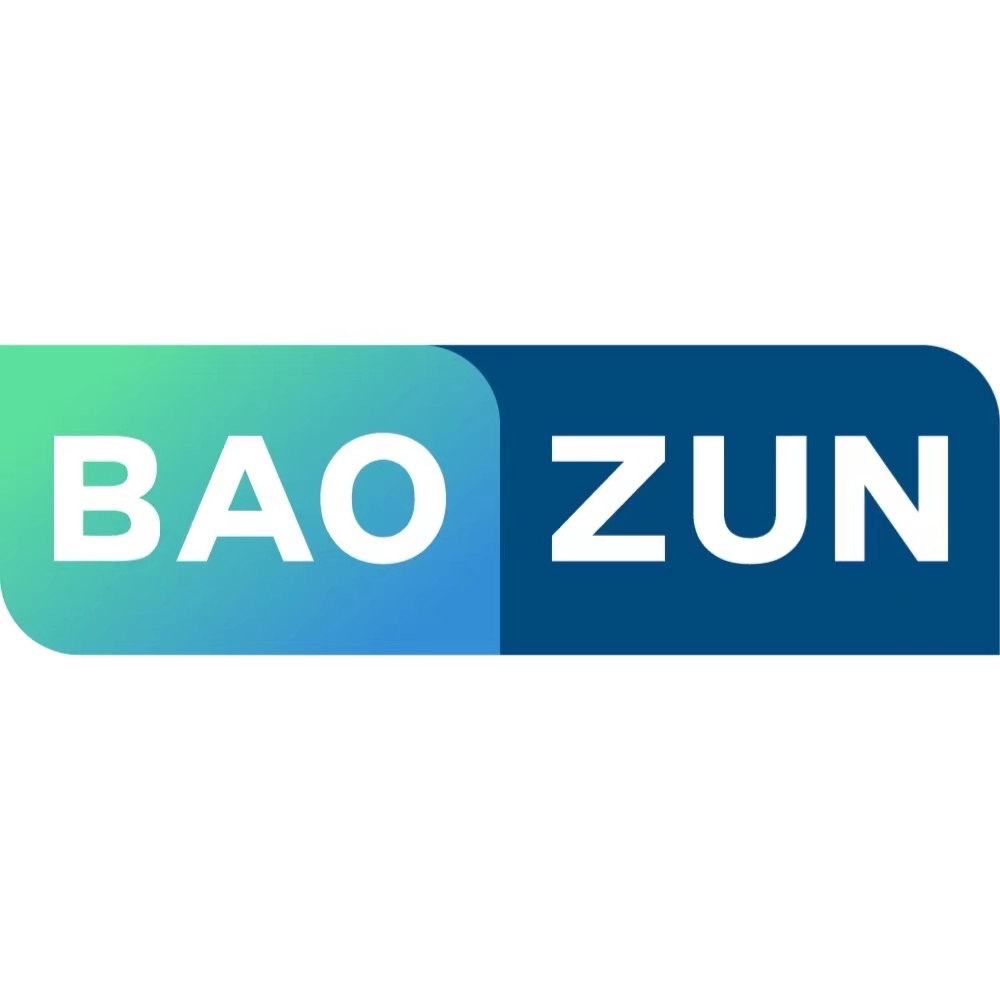
上海宝尊电子商务有限公司
宝尊电商成立于2007年初,提供以品牌电子商务为核心的全链路一站式商业解决方案,涉及店站运营、数字营销、IT解决方案、仓储配送、客户服务等5大内容。 宝尊电商始终坚持:以科技创新和客户需求为引擎,致力成为全球品牌电商4I商业伙伴。
-
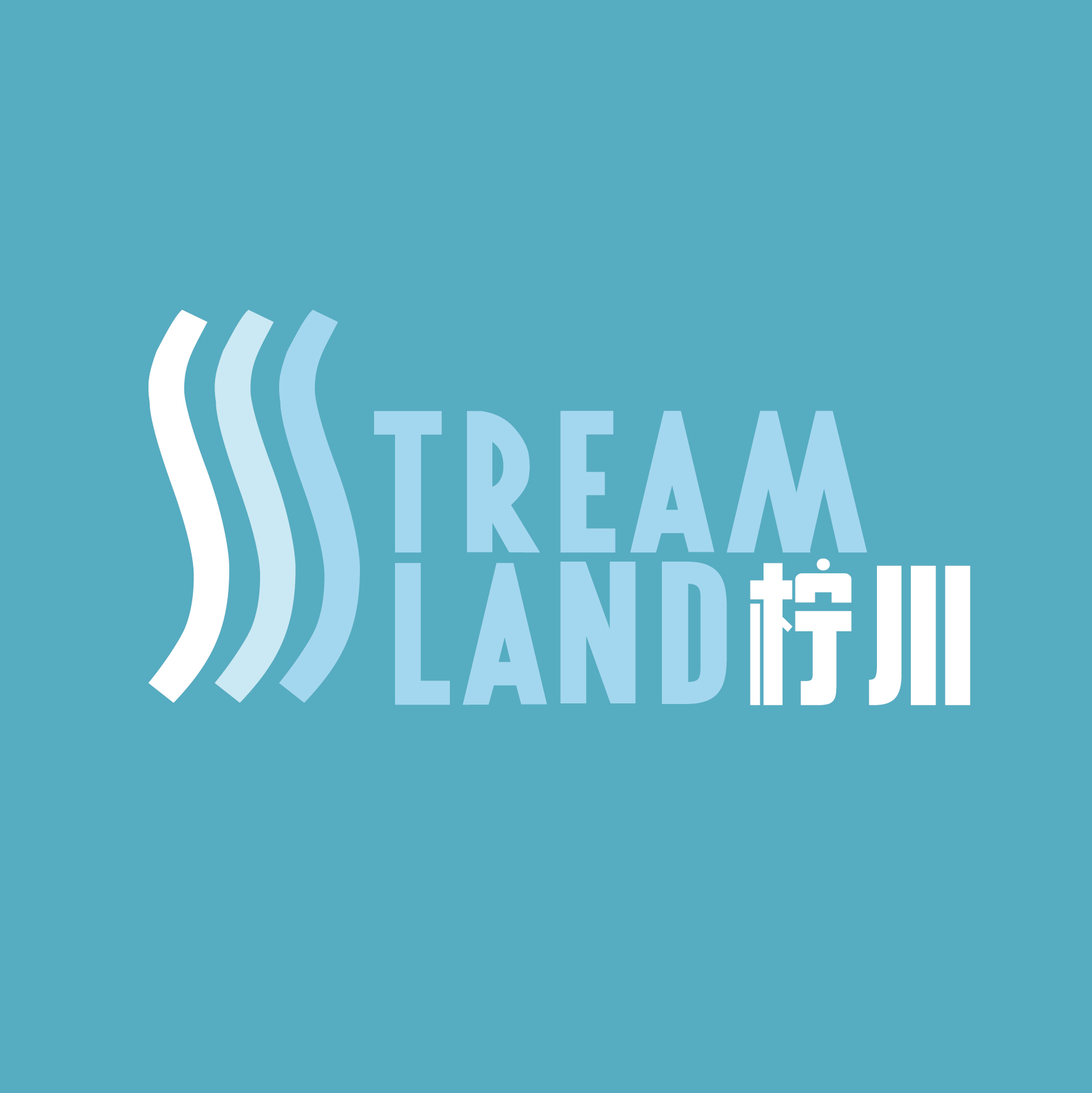
柠川文化
柠萌影业旗下成立的全资子公司
-
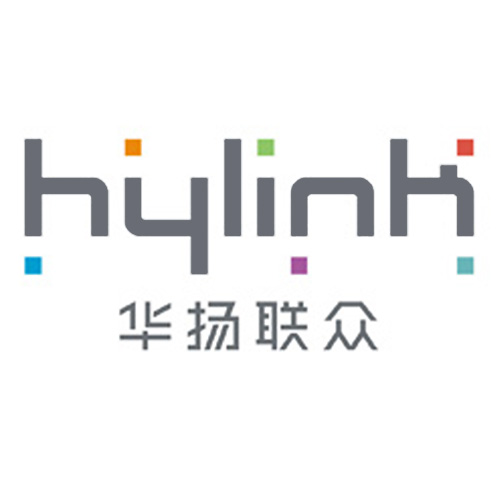
华扬联众
华扬联众Hylink 是以驱动增长为核心、整合全渠道营销的信息技术服务公司
-
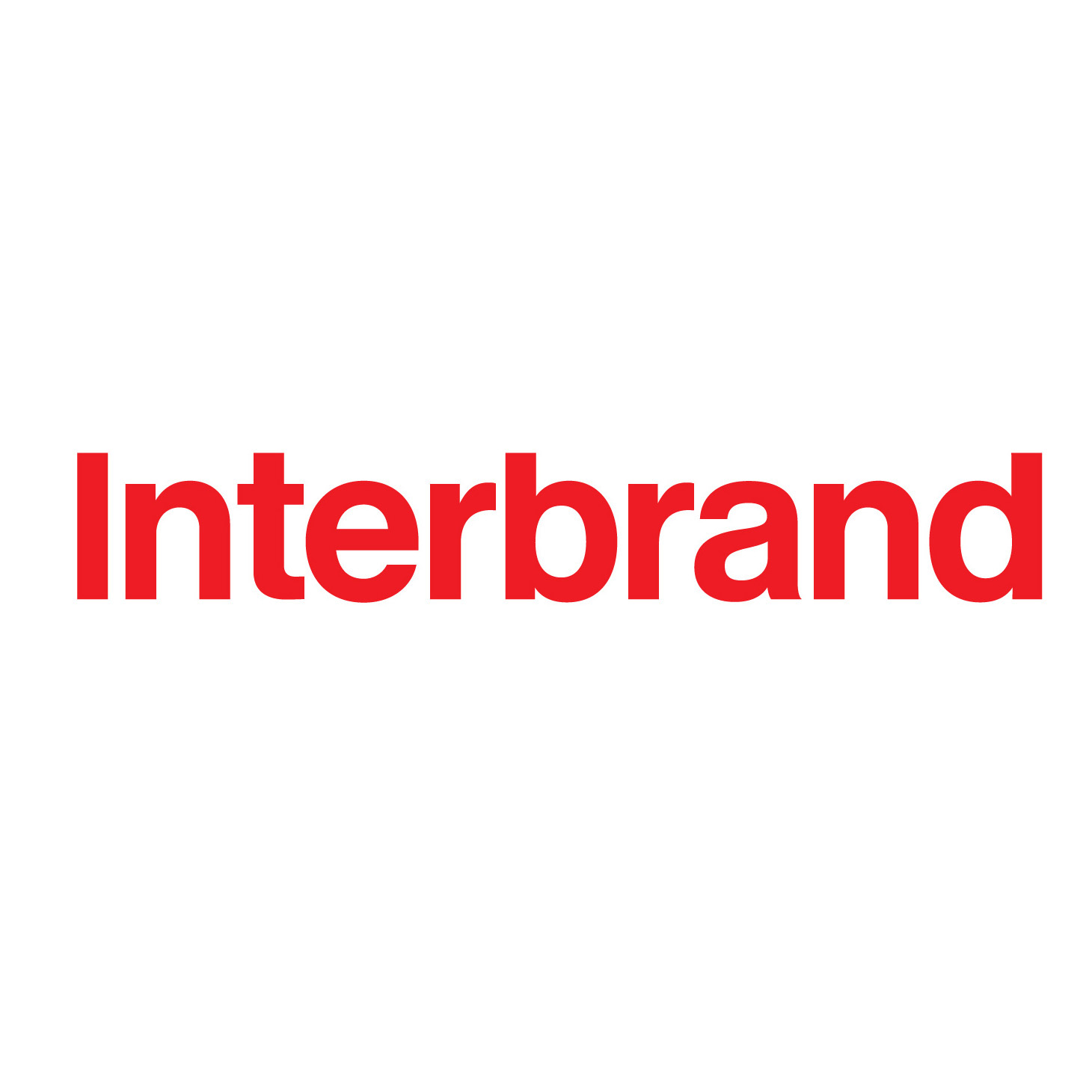
Interbrand
Interbrand是⼀家国际领先的综合性品牌战略顾问和设计公司,拥有管理咨询公司的严谨策略和分析技巧,同时也具备极富创意的品牌推⼴及设计优势。Interbrand为客户提供全⽅位的品牌咨询服务为他们创造和管理企业和产品的品牌价值。
-
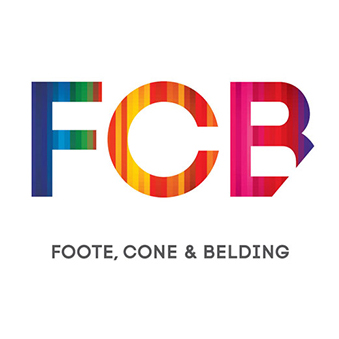
FCB 博达大桥
-

前线网络 Front Networks




